Within the realm of home privacy and security, a fence installation is a beautiful addition. One of the most critical determinations to make during the installation process is just how far to bury the posts. Ultimately, this depth will influence how stable and enduring the fencing is. If not inserted deeply enough, the posts can loosen with time, ultimately leading to fence failure.
Deciding how deep to dig your fence posts requires taking multiple factors into account. Soil type, post size, and even the type of fence are all important variables to consider when devising a plan for post depth. In this article, we’ll walk you through the key points to bear in mind when making this decision.
When you are deciding the correct depth for your fence posts, assessing the type of soil in the area is vital. Sandy soil demands a greater depth than its loamier counterpart, with clay and rocky soil also requiring deeper embedding. It is also prudent to take into consideration the water level of the surrounding area; if this is high, you should increase your post’s depth for protection from any flooding.
The stress and tension your posts must withstand will affect how deep they should be set. Generally, the bigger the post, the further down you must install it. For instance, 4×4 posts should be planted at least two feet beneath the surface while 6×6 posts should go three feet into the earth to ensure ample support.
Depending on the kind of fence being erected, varying depths are needed for its posts. If assembling a chain link fence, then the posts ought to be positioned at least 18 inches into the ground, as these barriers tend to be lighter and so do not require as much bolstering. If opting for a wood fence, its posts must be buried two feet deep as such fencing is heavier and thereby necessitates more reinforcement.
When figuring out how far to sink your fence posts into the ground, a few elements must be taken into account. To make sure the posts are put into place correctly, it is best to reach out to a knowledgeable professional. They will be able to carefully examine the considerations mentioned here and guarantee that your fence posts are installed with precision.
Ultimately, a multitude of elements, such as post dimensions, soil composition, and the style of fence, will affect the ideal level of depth for your posts. Before arriving at a decision, weigh these factors carefully. If you find yourself in a quandary, do not hesitate to seek guidance from an expert – the reward will be a job done to perfection.
Crafting a stable fence requires considerable precision, particularly regarding the depth of the fence posts. As a rule of thumb, the posts should be placed two-thirds into the ground – but there are other factors demanding consideration. An inadequate depth could leave the structure quite vulnerable, so it is important to be aware of all variables that may impact post depth.
As any property owner will attest, the kind of soil beneath the fence has a determinate influence on how deep fence posts need to be. Posts set in soil containing abundant sand typically require greater depth for sufficient support, whereas soil with a more clay-like constitution may permit posts of a shallower variety. Likewise, heigth is also an important factor to weigh in. With higher fences come greater vulnerability to wind and pressure; thus, correspondingly deeper posts are essential in such cases.
Wooden posts require more subterranean placement – at least two-thirds of their length needs to be buried- than metal posts which can be securely secured with about one-third of their length below the soil. This is due to the enhanced sturdiness of metal posts, allowing them to withstand more with less support in comparison to their wooden counterparts.
When it comes to positioning fence posts, Mother Nature should always be taken into consideration. In colder temperatures, posts will need to be embedded deeper into the ground as the cold weather will cause the earth to freeze and expand, thus causing instability in the posts. Burying your posts slightly deeper during the frigid days of winter will keep them secure and in position.
Knowing how deep to embed fence posts depends on the type of border you’re creating. Picket fences need shallower systems than privacy fences, since they’re not as prone to strong gusts and thus necessitate less stability penetration.
Ultimately, numerous aspects must be taken into account when choosing the proper depth for fence posts, from the type of soil to climate, post material, and even fence design. As a general rule of thumb, the posts should be sunk two-thirds of their length beneath the ground; that being said, this may be subject to changes depending on various circumstances. Consequently, a full evaluation of all these elements is essential for guaranteeing the fence foundations are sound and secure.
Related Product
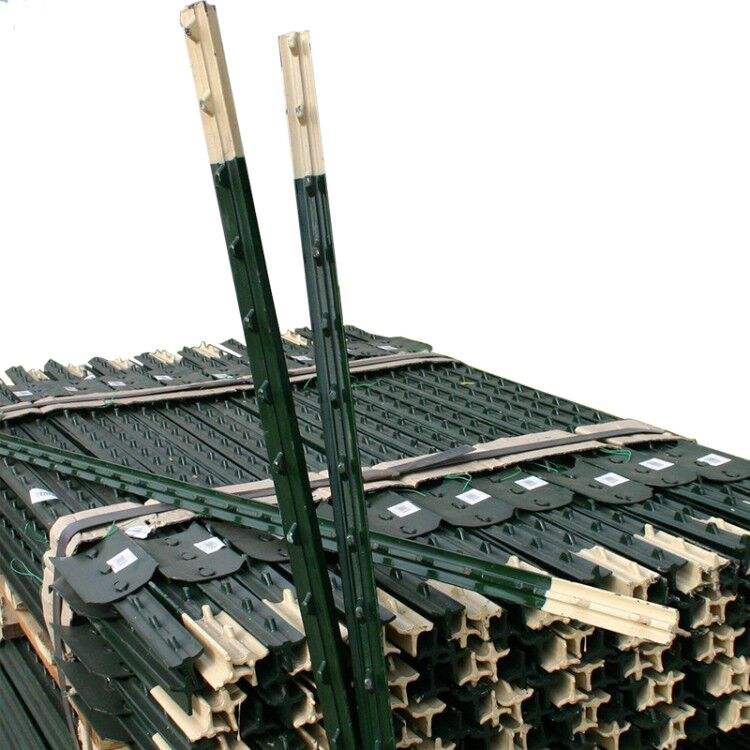
T Post
Material: rail steel Weight: 0.85,0.95,1.25,1.33lbs/ft etc Length: 5′-10′ etc Surface: painted with spade,painted no spade,unpainted with spade,unpainted without spade,hot-dipped g […]
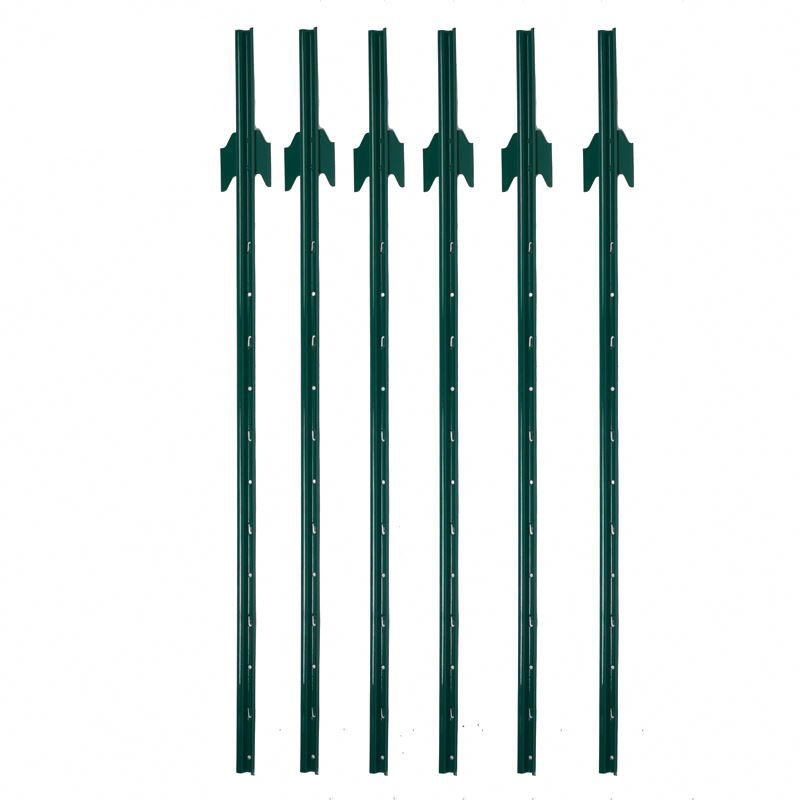
U Post
Heavy Duty Garden U Shaped Steel Fence Post With Spade Shape: U shape, with or without spade Material: low carbon steel, rail steel, etc. Surface: Powder coated Advantage: Easily A […]
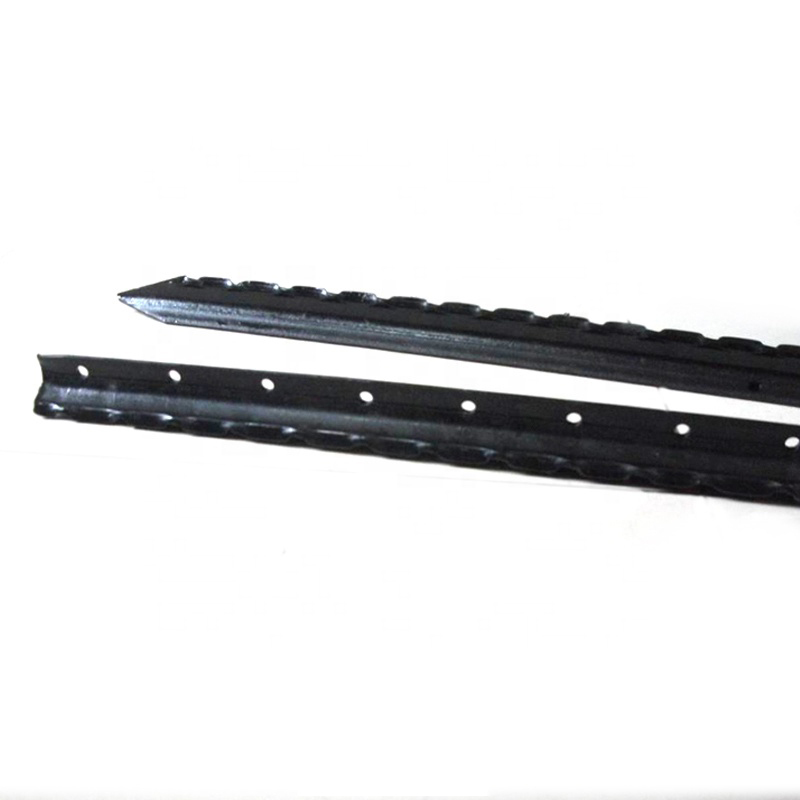
Israel Y Post
Y post with teeth provides the most reliable way of fencing wire attachment by threading the wire through the holds along the post, gripping the wire with is specially designed tee […]
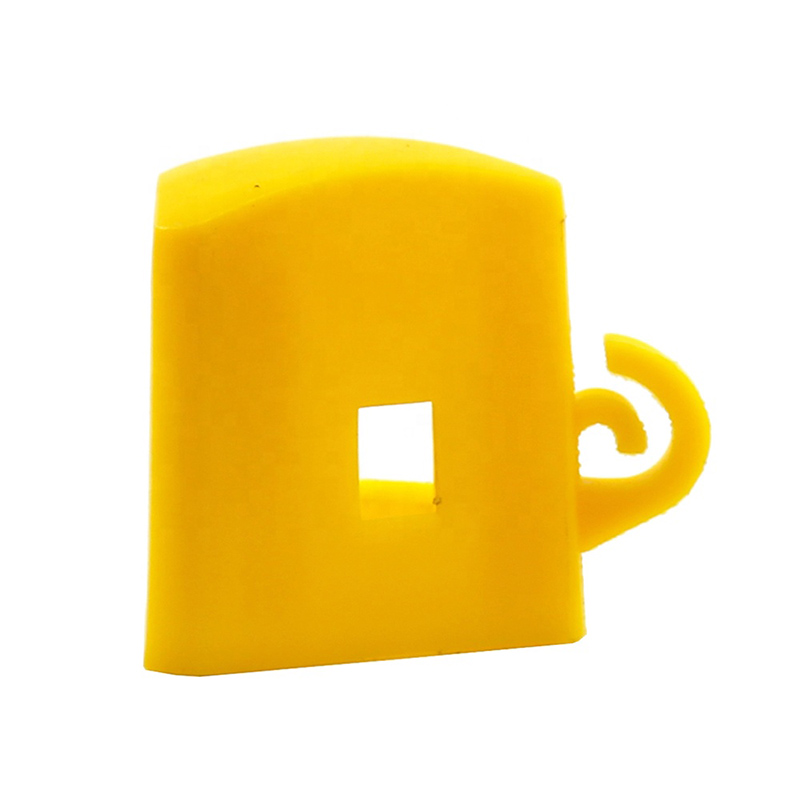
Y Post Cap
Y Posts Caps is also called safety cap or Star picket caps. It used for Y star picket . It can cover sharp edges of Y posts. Type Size(L x W X H) Thickness Weight Round 57x57x60mm […]
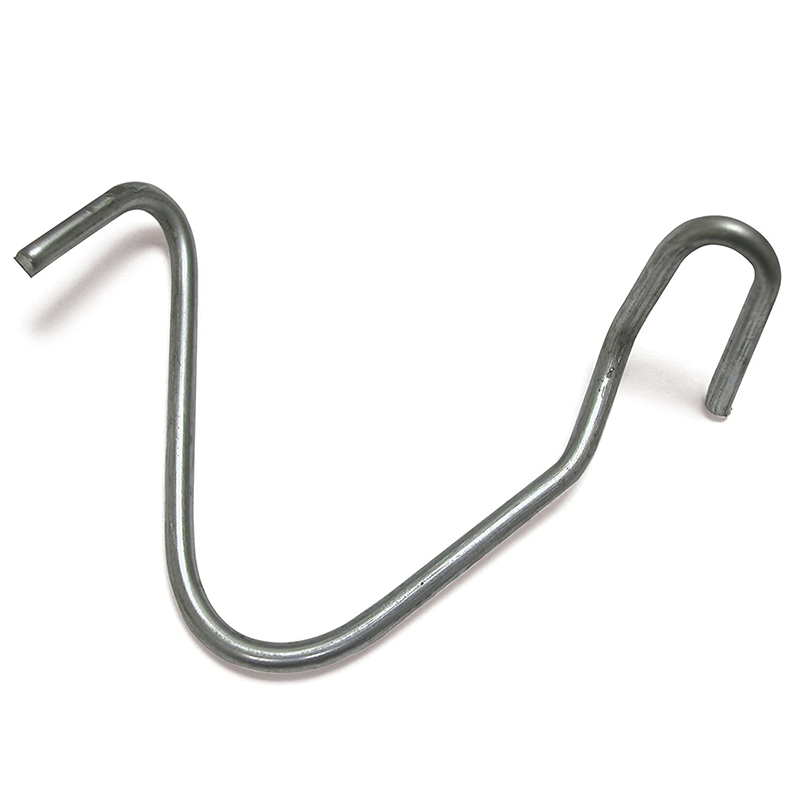
T Post Clip
These heavy duty T-post clips fit standard size 1.25 and 1.33 lb. studded T-posts. Manufactured from 11-1/2 gauge wire that is Hot-dipped galvanized, these clips are designed for f […]
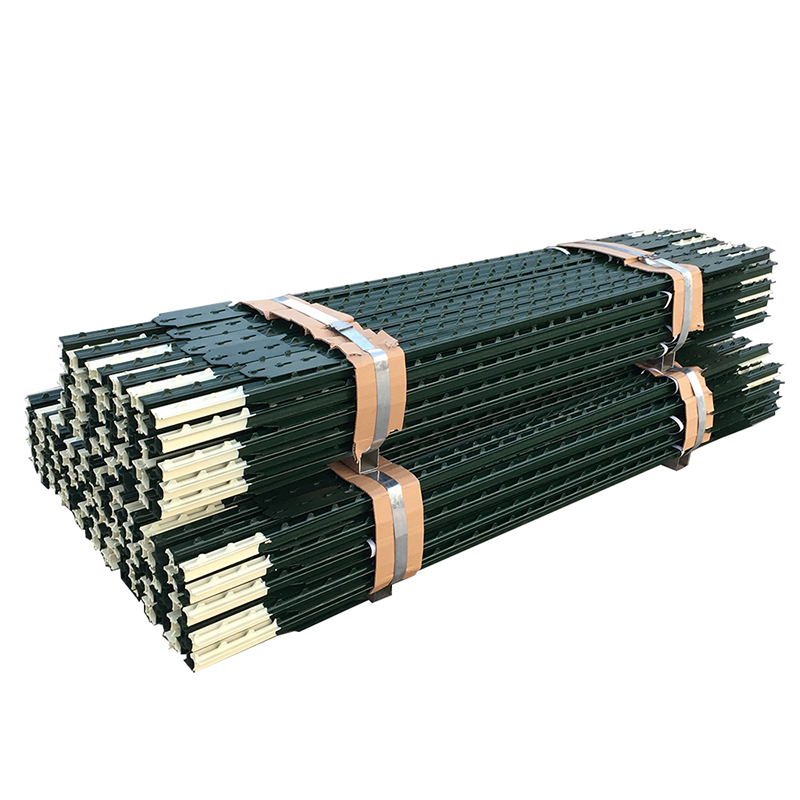
Studded T Post
material: rail steel weight: 0.85,0.95,1.25,1.33lbs/ft etc length: 5′-10′ etc surface: painted with spade,painted no spade,unpainted with spade,unpainted without spade,hot-dipped g […]
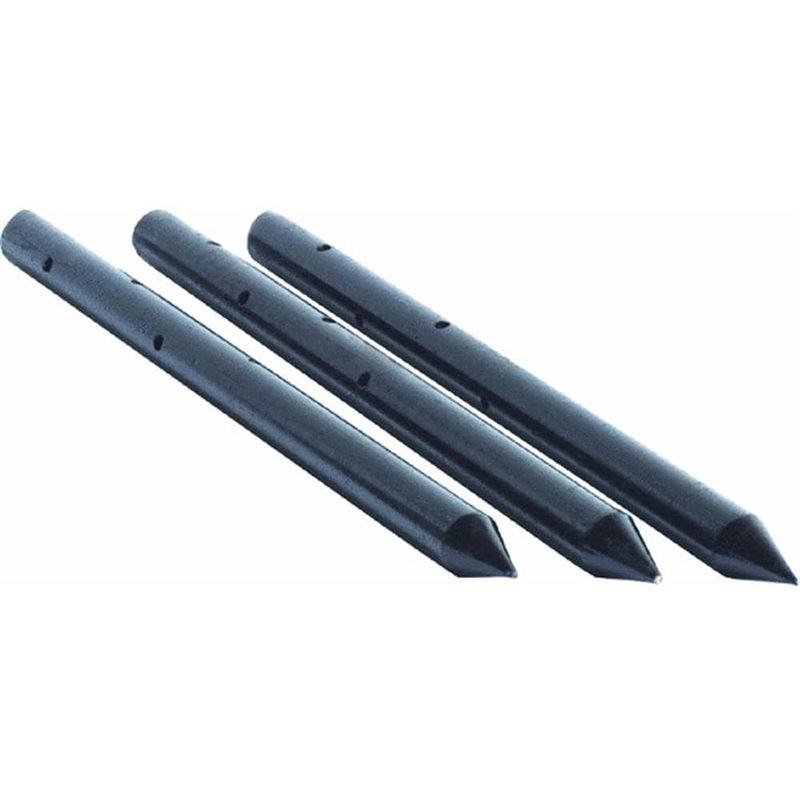
Nail Stake
Product information: Description Unit Pallet Weight(kg) 3/4″x12″ 10pcs/box 150boxes/pallet 0.6200 3/4″x18″ 10pcs/box 100boxes/pallet 0.9250 3/4″x24 […]
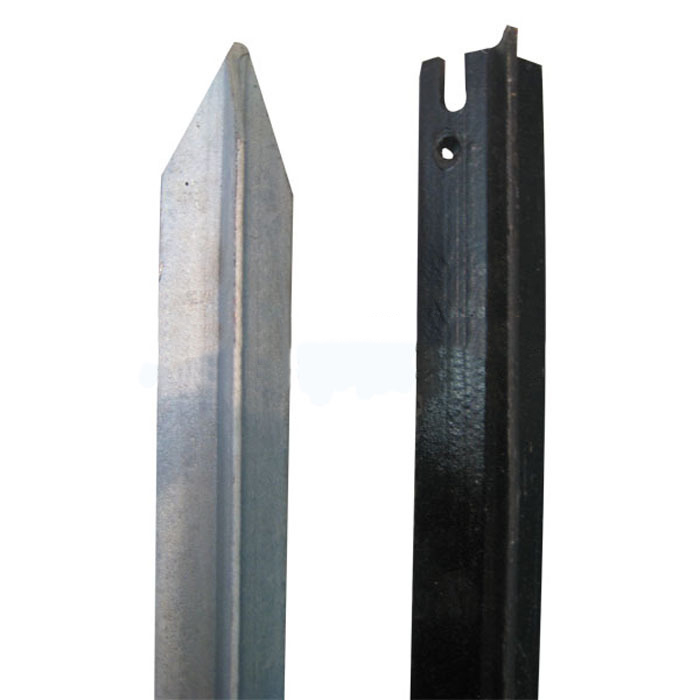
Y Post
Length:1.35m,1.5m,1.65m,1.8m,2.4m etc Weight:1.58kgs,1.86kgs,1.9kgs,2.04kgs/m etc Surface:painted, Hot dip galvanized, No paint Usage:farm fencing,garden fencing Packing:400pcs/pal […]
Post time: 2023-07-13

